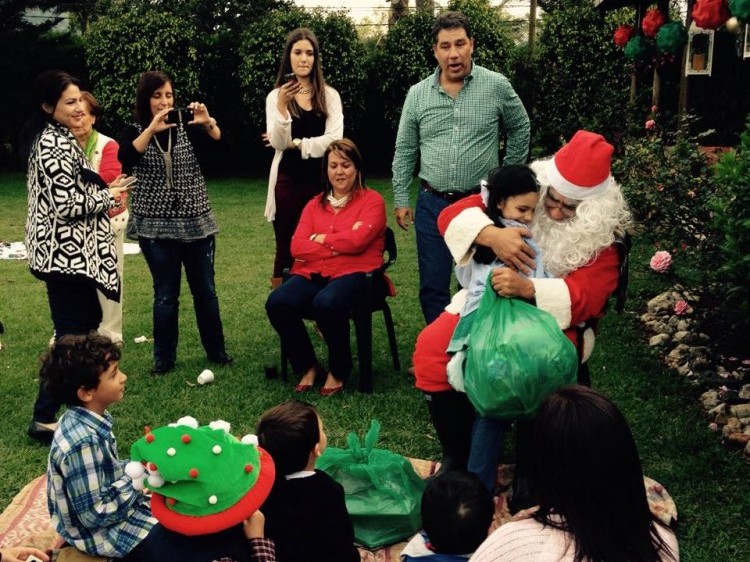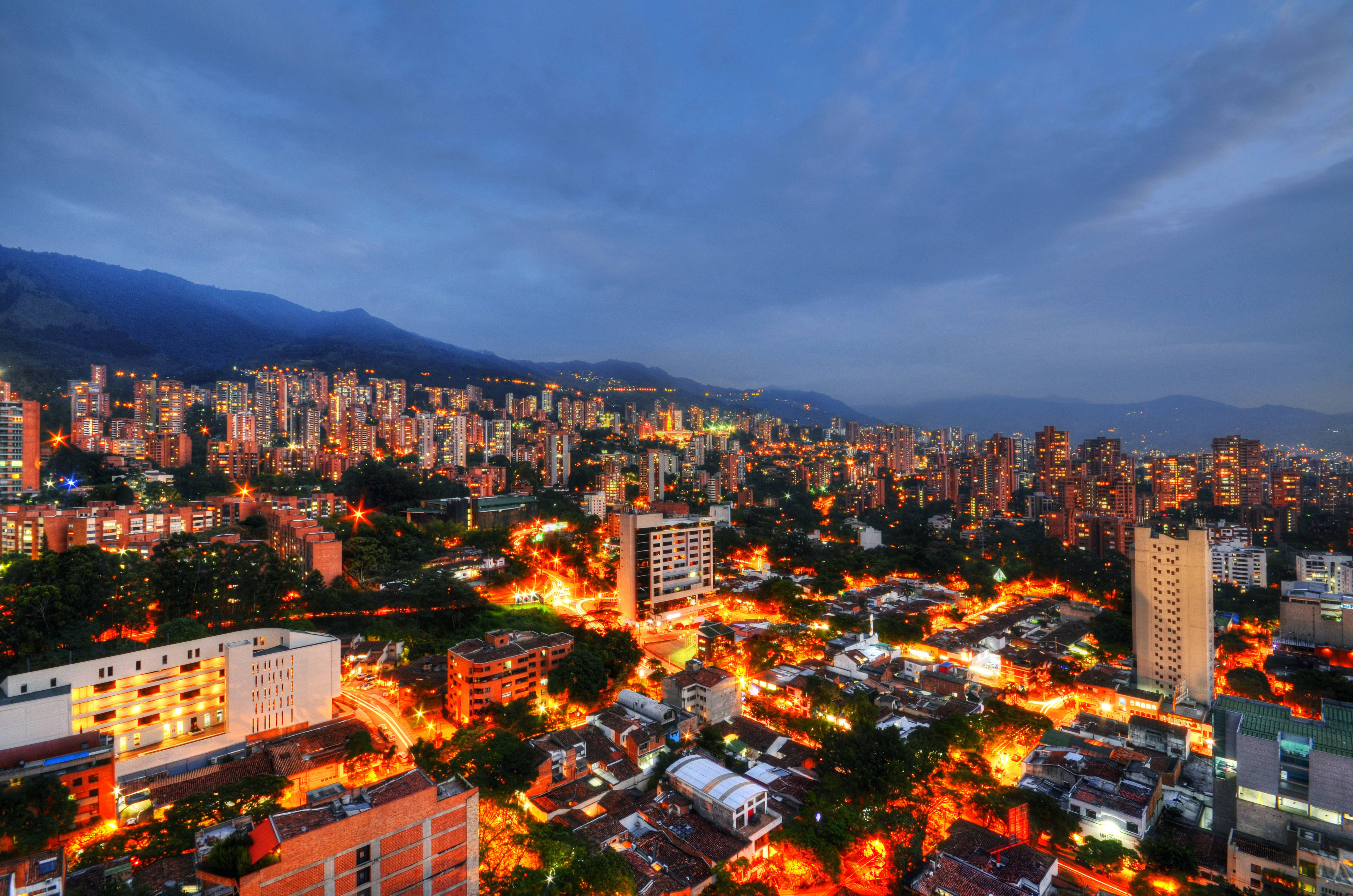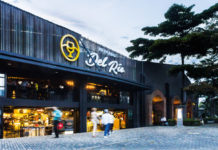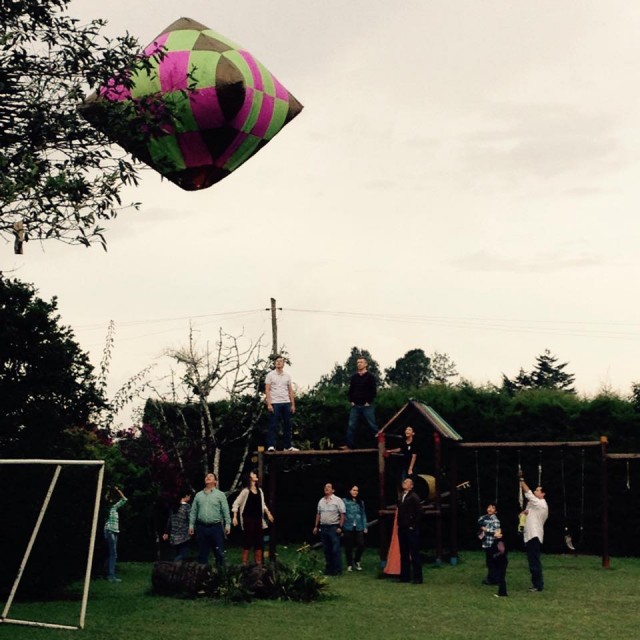
When it comes to December, I doubt there’s another country out there that takes this month as seriously as Colombia does. And it’s not just about Christmas itself.
Christmas season in Colombia means plenty of guests, parties, novenas (9 days of prayers and songs dedicated to baby Jesus), dance, music…and, of course, big appetites.
This past December I attended an event that included all of these, plus some surprises. It was the 15th edition of an annual family reunion! I was invited by one of my Colombian coworkers. This is how it went.
After some shopping and various stops in different places to pick up plates and Christmas deli (lots of it, by the way), we headed to Rionegro, where the family owns a finca.
It took about two hours until the entire family reunited: parents, children, boyfriends, pets and…finally, the priest. Meanwhile we set up the table on the terrace with every possible Colombian Christmas dessert. Hint: too much, and too delicious.
When we finally gathered together, all the running, baby crying, dog barking and other noise stopped. It was time for the religious service. Colombians are very religious Catholics so for them, Christmas is not just about fun, food and presents.
As the finca was a bit far from any church and the cars weren’t enough for all of us, the family decided to have the service at home. I’m an Orthodox, but I’ve attended Catholic services before. I find it interesting and mind-opening to observe and understand other religious practices.
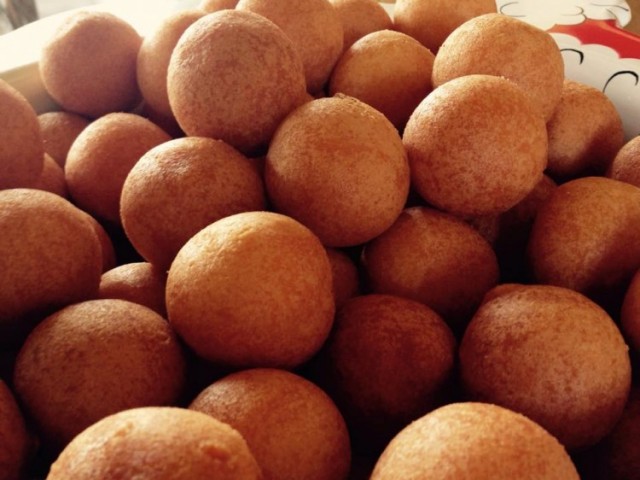
The Food
After almost an hour, one of the children’s favorite parts came: green light to dessert.
Looks like I’m not the only one who believes life is too short to not have dessert first around here.
The table was full of Christmas appetizers including buñuelos, natilla, hojuelas, dulce de leche, arroz con leche, chocolate mousse and various Christmas cookies and cakes.
Lost you with the names? I thought so. Let’s take them one by one:
Buñuelos are a traditional Colombian Christmas treat, but they are also popular year round for breakfast with hot chocolate or coffee. They basically look like a little round planet bathed in hot oil and taste absolutely delicious if served right away.
Hint: I found the best, biggest and cheapest local buñuelos at El Peregrino in Sabaneta (Carrera 44, Calle 70S # 43B-69).
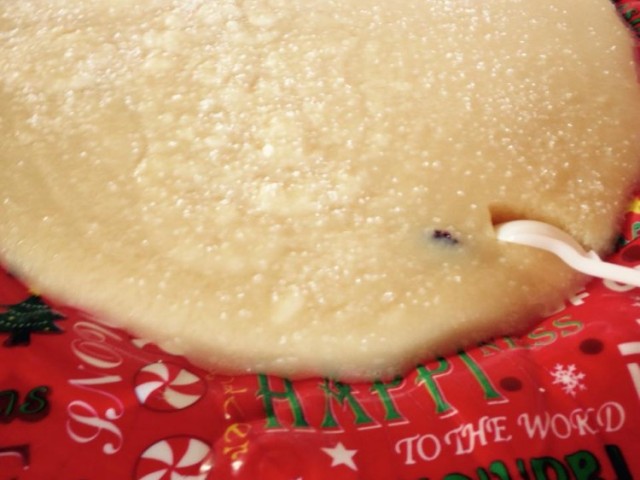
Natilla is a Colombian-style pudding, a sweet custard made out of milk, panela (sweet brown product made from sugar cane), coconut milk, and various seasoning ingredients. It’s usually served with buñuelos and hojuelas. The last ones are also known as hojaldras, a delicious deep-fried pastry made out of flour, butter and orange juice.
Dulce de leche (or arequipe) is a mixture of milk and sugar that defies any word you may think of using to describe how sweet it is. It takes several hours to make it and the result is a golden-colored decadent, smooth, sweet and thick syrup. If Americans spoon their way through entire jars of peanut butter, Colombians do the same with arequipe. And it’s addictive. Friends, you have been warned!
Arroz con leche (rice pudding) is a sweet, creamy and delicious Colombian dessert. Its taste takes me way back to my childhood years, when granny used to make us rice with milk on rainy days, sitting next to the oven. I guess Romanians do have things in common with Colombians after all.
After stuffing our stomach with sweets, don’t think we had no room left for the main course. Colombians know that the best way to show people love is to feed them, so it was high time for us to take in some…love.
The meal included various salads, meat, salsas and seasonal vegetables, nothing complicated but still delicious.

The Presents
As food time was over, some family members started setting the scene for the Christmas story. The short and funny edition, as children were impatiently waiting for Santa Claus. Yes, there were puppets, props and impromptu lines.
I played Virgin Mary and sang some Christmas songs together with my fellow “actors” and public. I knew I should have gone to that acting audition back in 5th grade.
A short time later, Santa Claus was ready to make some wishes come true. Each kid had their own labeled bag full of presents previously added by family members.
Santa would take them out and hand them to the assigned child as a present from niño Jesús (baby Jesus).
There were around 10 kids aged between 6 months to 14 years, therefore I witnessed 10 different happy reactions at the opening of presents. Oh, childhood, how you’re being missed.
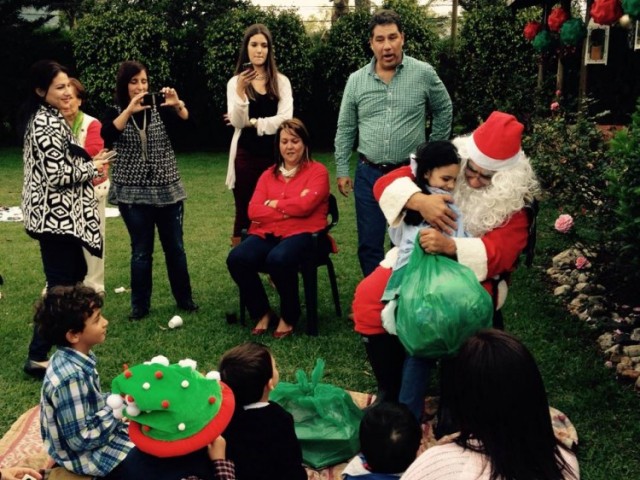
The night was falling so the children’s fun was quickly followed by the second session of present handing.
Only it wasn’t quite a handing, but a calm fight for the present you wanted. That’s right, the parents, aunts, uncles and grandparents get to choose their own presents. And trade it if they don’t like it! Cool, right?
Here’s how it goes: you buy a present, pack it and bring it over to the party. All the presents are gathered on a table, or simply on the floor, in the middle of everyone.
The name of each person present at the party is written on a Post-it. Whoever goes first chooses a present, unwraps it and then chooses a Post-it.
The next person does the same and if they don’t like the present, they have the option to exchange it for another one that has been opened already. It goes on and on until the last person opens a present.
The tricky thing is that if you don’t like what you got, the only chance to change is when it’s your turn. If you let the moment to pass, you lose your chance to exchange the present.
I got myself a king-sized fluffy blanket in exchange for an exercise ball I initially received.
This activity may sound a bit selfish to some, but I personally find it a good way of practicing negotiation skills and discovering what other people in your family like or need (in case a birthday is coming up).
A large family comes with lots of dreams. And responsibility to make them come true.
Final Thoughts
All in all, my Christmas party with a paisa family was overwhelming, noisy, a bit fattening and very, very jolly.
If you’re here during holiday season, make sure you spend time with a local family. It’s the best way to taste Colombian culture. You won’t regret it and you’ll be left wanting to repeat the experience!

